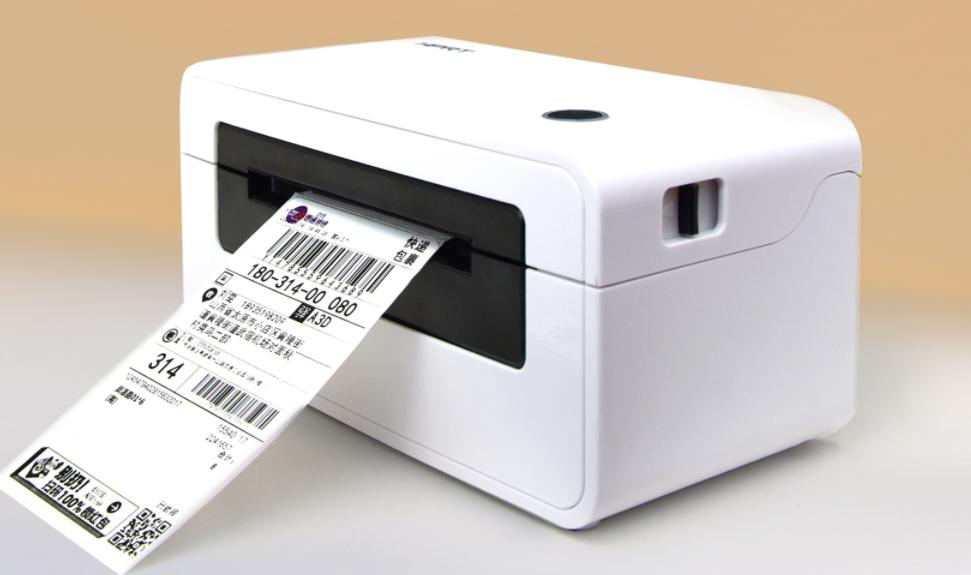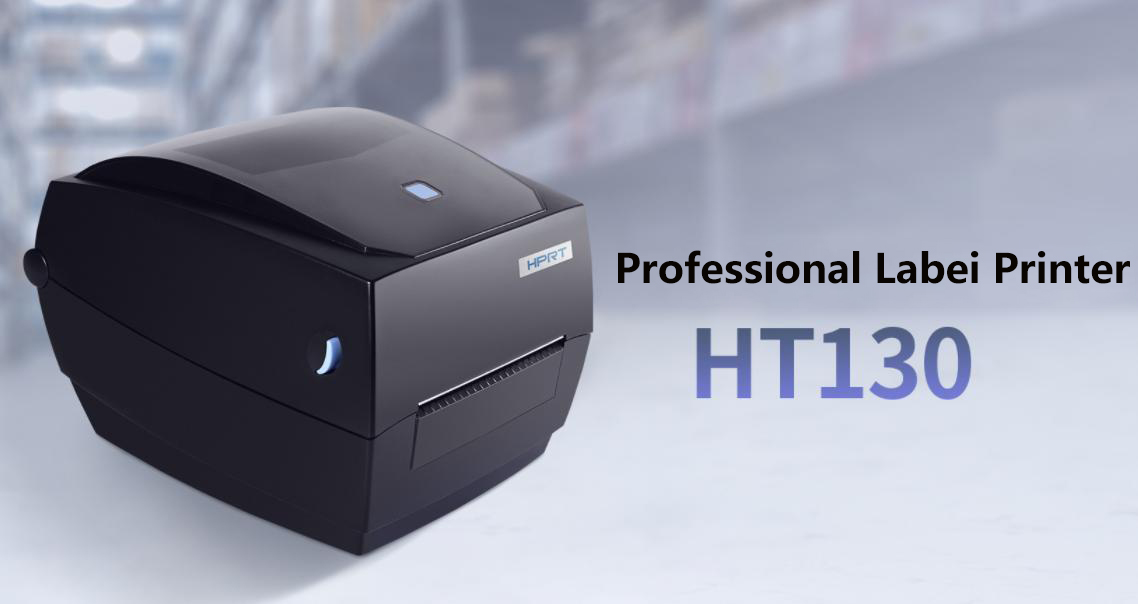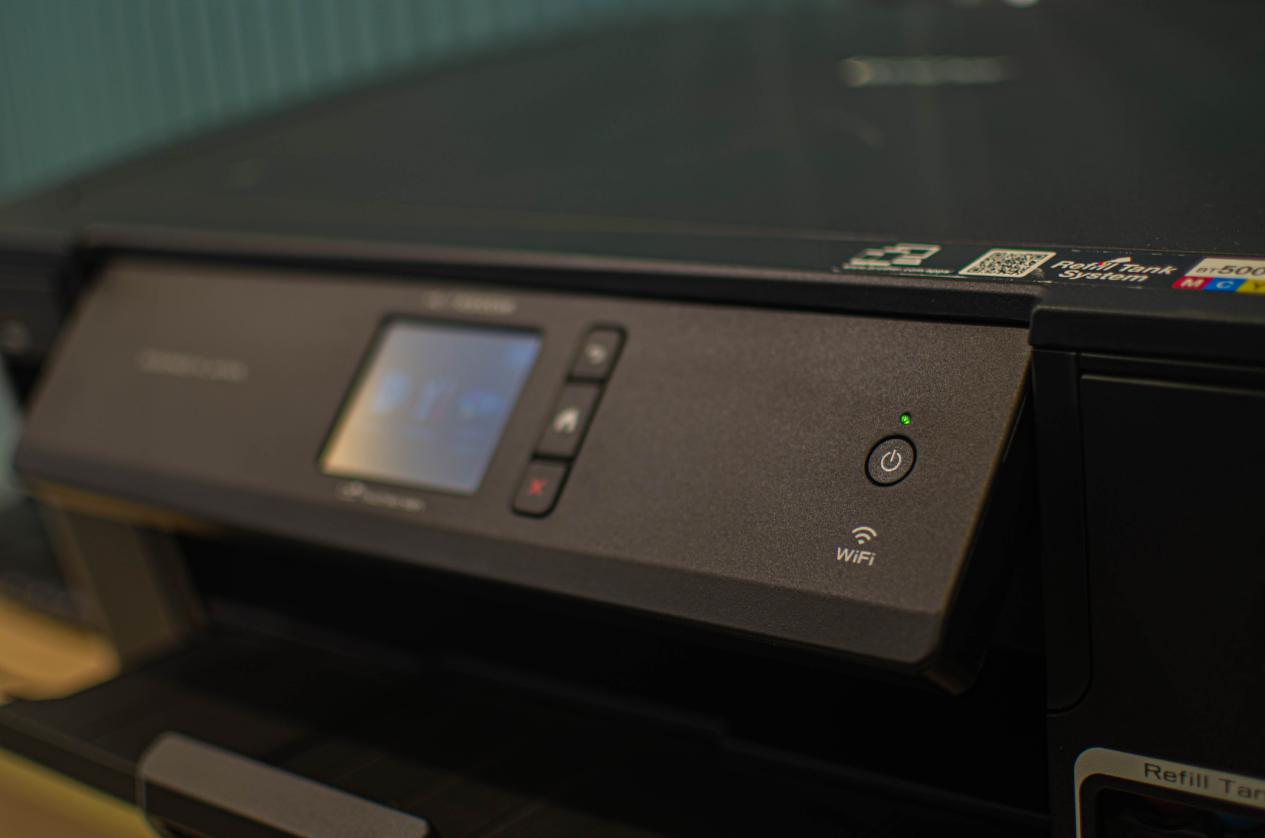Direct Thermal, Thermal Transfer, Inkjet, and Laser Label Printer- Which One to Choose?
Table of Contents
1. Introduction to the Types of Label Printer
2. Direct Thermal Label Printers
3. Thermal Transfer Label Printers
4. Inkjet Printers
5. Laser Printers
6. FAQs about Label Printers
Introduction to the Types of Label Printers
Looking for the right type of label printer for your business can be overwhelming with so many options available in the market. Do not worry, here is the guide which helps clarify your thought and narrow down your selection. In this article, we will introduce you to the different types of label printers, assisting you to determine which type is the best fit for your business. From direct thermal to thermal transfer, inkjet to laser, we've got you covered. Say goodbye to frustration and hello to efficiency with our comprehensive guide to label printers.
#1 Direct Thermal Label Printers

Thermal printers are a type of label printer that utilizes the heat generated by a printhead to create the printed output. They are generally divided into two categories based on different printing methods, direct thermal label printers and thermal transfer label printers.
The working principle of a direct thermal label printer involves the use of a thermal print head(TPH), thermal paper, and a platen roller. When a label comes into contact with the TPH, the heat generated by the TPH melts the dye and acid on the thermal paper, causing a chemical reaction that produces color.
Keypoints of Direct Thermal Label Printers:
a. Suitable for industries that require frequent label updates and have lower quality requirements for labels, such as households, supermarkets, clothing, logistics, and retail, especially ideal for shipping label printing.
b. The printed thermal labels are not designed for long-term usage, nor are they suitable for withstanding wear, chemical corrosion, or high temperatures in challenging environmental conditions.
c. They do not need ink, toner or ribbons and deliver fast-speed printing. So they are a popular choice for businesses looking for an efficient and cost-effective solution.
d. These printers typically produce single-color labels, and the resulting print quality is often not as crisp and clear as labels printed by thermal transfer label printers.
#2 Thermal Transfer Label Printers

The working principle of a thermal transfer label printer mainly involves the use of a thermal print head(TPH), carbon ribbons, respective labels and a platen roller.
The heat released by the print head transfers the ink on the carbon ribbon to the print label. Specifically, the ink on the PET film of ribbon changes from solid to liquid under heat and is transferred to the printing surface of the label, displaying the content that needs to be printed.
Keypoints of Thermal Transfer Label Printers:
a. Offering high-quality and durable labels. The printed labels can withstand heat, moisture exposure, chemical exposure, and even survive various contaminants.
b. Ideal for enduring applications such as permanent labeling, inventory barcode identification, telecom labels, certification labels, freezer storage labeling, outdoor use, asset barccode tracking, as they maintain their durability and legibility over an extended period.
c. Outstanding barcode quality. Thermal transfer printers are capable of producing high-resolution, crisp barcodes or serial labels within a compact space, offering a superior printing technique.
d. Applicable to a wide variety of label materials, such as paper, polyester, and synthetic films.
e. Requiring ribbons, increasing consumable costs. And printing speed is slower compared to direct thermal printers.
#3 Inkjet Printers
An inkjet printer’s working principle is simple. It sprays tiny ink droplets onto the label material to form high-resolution text and images. These printers are known for their ability to produce high-quality, full-color prints, making them a preferred choice for printing photos, graphics, and documents with intricate details.
Keypoints of Inkjet Printers:
a. Ideal for businesses requiring high-quality color labels, such as product packaging and clothing labels and promotional materials.
b. Suitable for various label materials, such as matte and glossy labels, vinyl.
c. Higher consumable costs, and they require regular maintenance.
d. Ink dries easily, which may cause nozzle blockage and increase maintenance costs.
#4 Laser Printers

Laser printing are a type of digital printing technology that uses a laser beam to create static electricity on a drum, which attracts toner particles and transfers them onto paper or other media.
Laser printing is a reliable and high-speed printing method, utilizing static electricity and heat to transfer toner onto the label surface. This method is ideal for businesses requiring large volumes of barcode labels, such as manufacturing and logistics companies.
Keypoints of Laser Printers:
a. Producing professional, multi-color and high-resolution labels, especially with text and line graphics.
b. Printed labels are durable and resistant to fading, water damage, abrasion and others.
c. Printing labels in batches. In other words, you can’t print one label at a time.
d. More expensive than inkjet printers upfront and uses pricier toner cartridges.
e. Proven to be an economical option in the long run with its overall lower cost per page.
FAQs about Label Printers
Below are the frequently asked questions about label printers. Browse through them to see if your query is addressed. If not, feel free to contact us for expert assistance.
a. Are all of them color label printers?
In general, only inkjet and laser printers can produce color labels. For full-color label printing, inkjet printers are a better choice than laser printers, as they offer more vibrant colors and exceptional color gradient effects.
b. Which label printer is best for printing barcode labels?
Thermal printers, both direct thermal and thermal transfer, are commonly used for printing barcode labels due to their high printing speed and accuracy.
c. What label materials can be used with thermal printers?
For direct thermal printers, you will need heat-sensitive thermal paper, while thermal transfer printers require a specific thermal transfer ribbon and compatible label materials, such as paper, polyester, or polypropylene.
d. What label shapes can I print with these different types pf label printers?
Thermal label printers, inkjet label printers, and laser label printers can all print various label shapes, depending on the type of label materials and the specific printer's capabilities. Some of the most common label shapes include:
- Rectangles and squares
- Circles and ovals
- Triangles and other polygons
- Custom shapes, such as stars or hearts
e.Which type of label printers is the most expensive?
Among the four types of label printers - direct thermal, thermal transfer, inkjet, and laser printers, laser printers are typically the most expensive. They are high-quality and efficient printers that are designed to handle a wide range of printing tasks, including label printing. However, their advanced features and capabilities come at a higher cost compared to other types of label printers.
Through the contents above, you must have learnt that each type of label printers has its own set of advantages and disadvantages, making it suitable for specific labeling applications. You need to weigh the different characteristics of these printers and determine which one to choose based on your business needs and usage scenarios. Once you have determined the direction, the next step is to compare different printer models and brands and make a wise choice.
Recommended Reading:
Thermal Transfer Label Printers vs. Direct Thermal Label Printers: A Comprehensive Comparison
Thermal Transfer vs. Inkjet Label Printers: A Comprehensive Comparison Guide



评论
发表评论